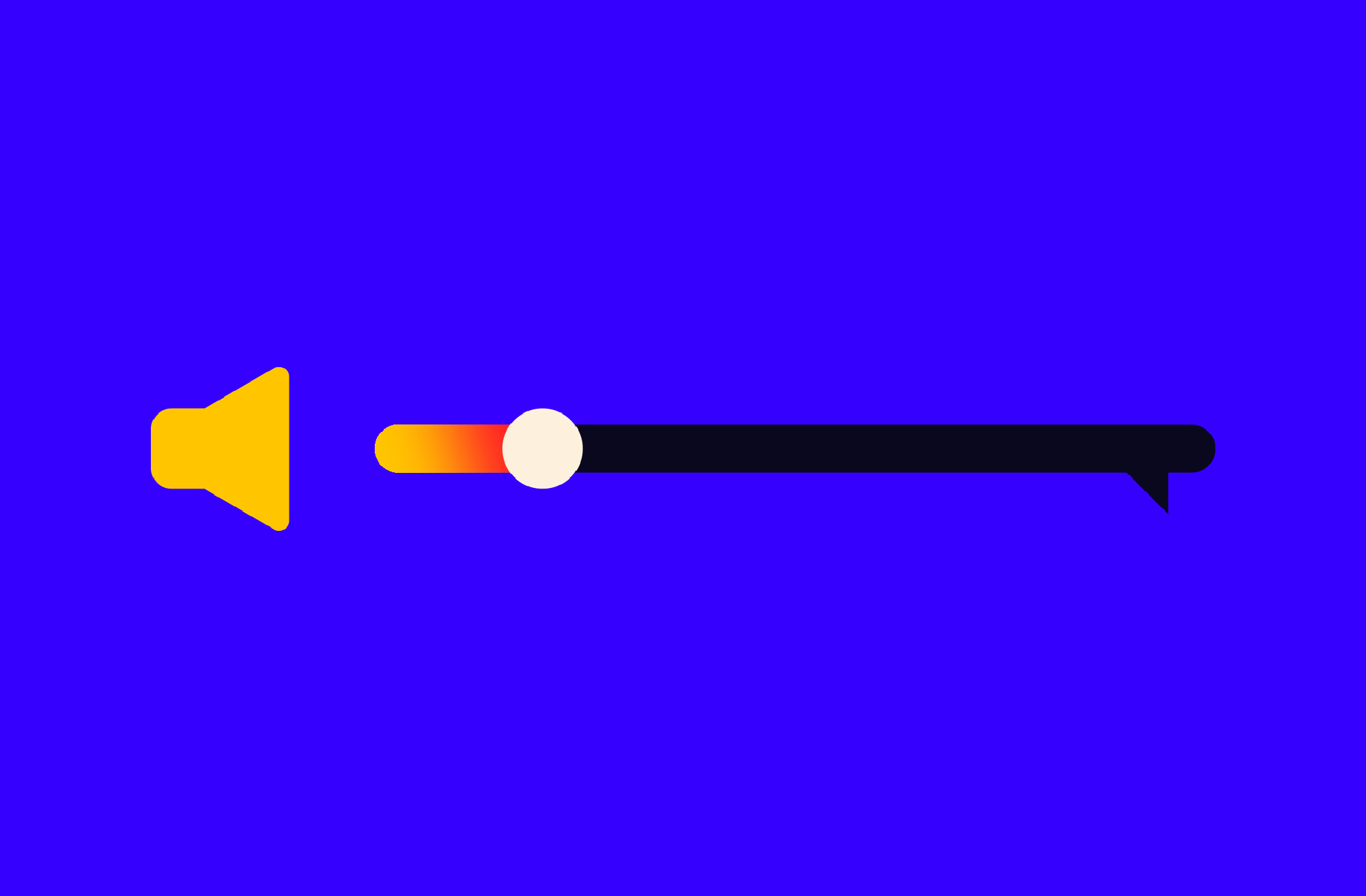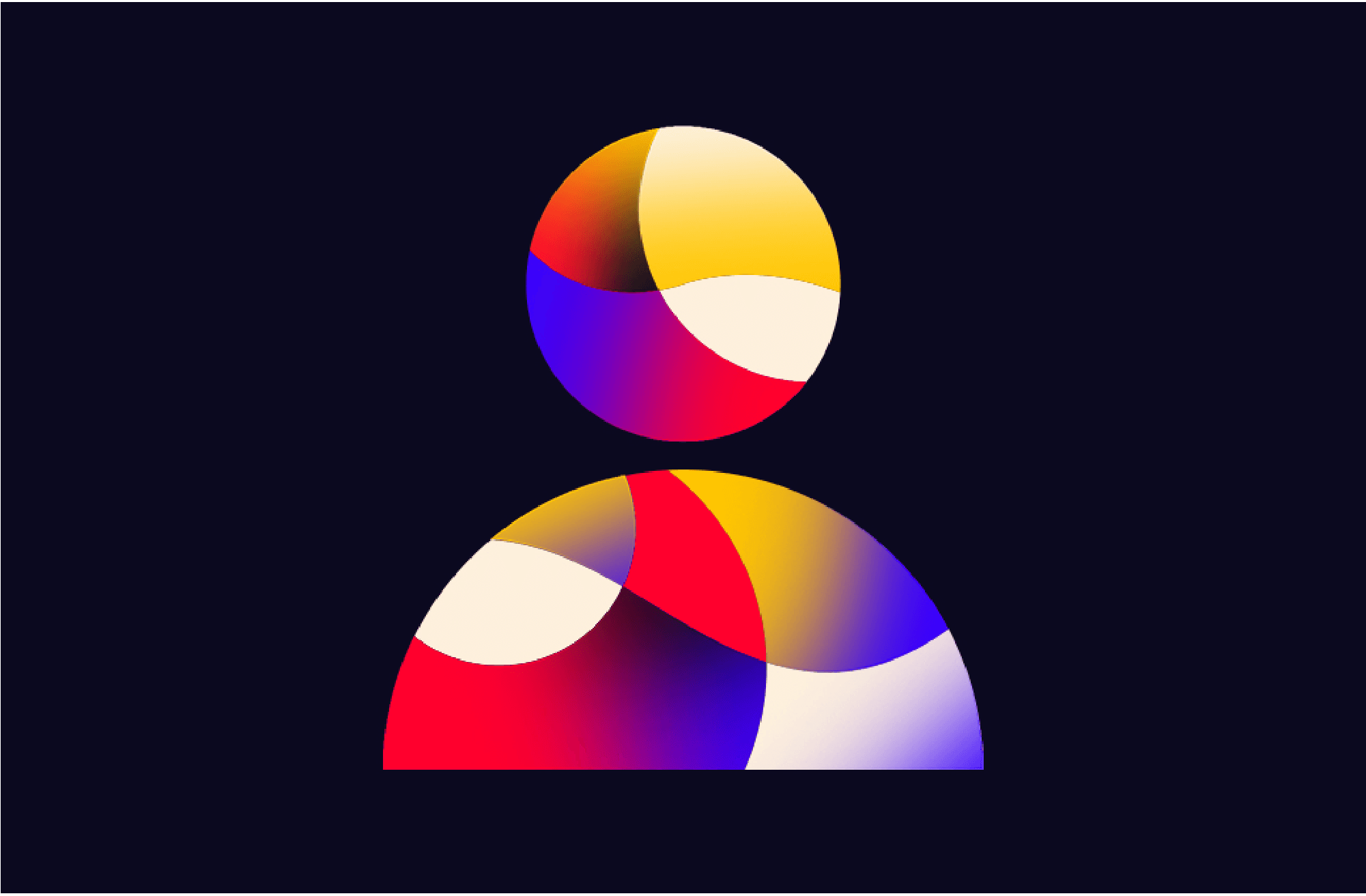Marketing has always been challenging, but today it’s harder than ever because your audience is absolutely drowning in “noise.” (Heck, you are too.) The chatter, the chaos, and the clutter of digital life make it harder for your brand to connect with the right audience—and keep them engaged as they move along the buyer journey. We recently welcomed Jascha Kaykas-Wolff, President at Lytics, to our Best Story Wins podcast, where he pointed out that “noise” is hands-down one of the biggest problems that marketers must face head-on.
“I think that it’s our responsibility in leadership positions to acknowledge that whoever it is that we’re interfacing with—inside of an organization or outside of an organization—has a lot of things that are going on,” Kaykas-Wolff says. Thus, if you want to be an effective marketer, Kaykas-Wolff says you should hyper-focus on reducing noise for your target customer.
The more you can eliminate noise, the more you can provide space for your message, value to your customer, and—most importantly—position your brand as a helpful resource. But how do you do that?
How to Reduce Marketing Noise
Most brands are only focused on spreading (OK, sometimes shouting) their message to their audience. In essence, they are focused on adding to the noise in their customers’ lives. But the smartest brands can both share their message and actively eliminate noise and friction from people’s lives by creating a buyer journey that is as seamless as possible.
If you’re ready to become a trusted resource—instead of an annoying interruption—here’s how to tweak your current marketing operation.
Step 1: Identify the marketing noise.
From Slack pings and emails to popups and ads, your audience is inundated with all types of noise. And noise isn’t only external—your audience’s own thoughts, feelings, and personal experiences can affect their ability to receive messaging too.
If you want to help address this problem, you need to understand exactly what type of noise they are facing as they move through their day, particularly as it relates to the content they consume or interface with. The problem is there are many more types of “noise” than you might realize, including:
- Channel noise: Consumers are bombarded with multiple messages from different sources across different channels. If there are too many competing messages, it can be difficult for a single message to stand out and capture the audience’s attention. (This often happens when marketing messaging is bland or uninspiring—it basically becomes white noise.)
- Physical noise: This refers to external distractions that can hinder the communication process. For example, if a TV commercial is playing in a crowded and noisy environment, it might be difficult for your audience to hear and understand the message clearly.
- Semantic noise: This type of noise refers to noisy language—when the meanings of words, phrases, or symbols are not fully understood due to language barriers, jargon, technical terms, or cultural differences. If your message uses complex terminology that your audience is unfamiliar with, it can lead to confusion or misinterpretation.
- Psychological noise: Personal factors such as audience biases, emotions, challenges, anxieties, attitudes, and opinions can impact how they perceive and interpret your marketing.
Also consider the type of noise that you face in your everyday life—what type of content stands out to you, what irritates you, and what is completely forgettable? The more you can understand what they face, the more you can identify ways to alleviate these issues for your audience.
Tip: Use our guide to create buyer personas that detail your audience’s demographics, as well as wants, desires, and needs. This helps you get inside their mind and understand what their day-to-day noise might include.
2) Identify the stories that will stand out from the noise.
One of the biggest mistakes brands make is churning out content without a compelling story. The more fragmented and uninspiring your content is, the less effective it will be. To stand out and make an impact, you need to tell a cohesive story that is reinforced in various ways throughout your buyer journey.
To do this, Kaykas-Wolff says you should create your product value matrix—this will help you identify and isolate exactly what makes your product/service unique, interesting, and compelling. Here’s how to do it:
- Identify the category you’re operating in. This is where your core competition lives, so you need to understand the existing noise in the space, how they talk about their brands, and how you can zig where they zag.
- Identify three value points that make you stand out in this category. These are your key brand story pillars.
- Create talking points for each of these three value points. These are the proof points that support your claims.
Documenting this produce value matrix will help you pinpoint the ways in which you provide value to your audience—and the meaningful ways you can talk about your brand story.
Tip: Use our brand messaging framework template to identify your product value, build your story pillars, and create cohesive messaging that you can implement through your content strategy.
3) Optimize your buyer journey to tell those stories.
With clear messaging and an intimate understanding of your audience’s day-to-day noise, audit every stage of your buyer journey to spot opportunities to clarify messaging, reduce noise/barriers, and communicate information as quickly and effectively as possible.
Use every tool in your arsenal to reduce their burden and make it easier to connect the dots, including:
- Visual identity: Do you have a consistent visual identity across channels? Consistent branding helps you stand out and helps your audience spot your content in an instant. (See our branding toolkit to build this out.)
- Brand voice: One of the best ways to capture your audience’s attention and humanize your brand is to infuse your content with your brand voice; this goes for every piece of content you have. Adding personality to things like CTAs, emails, order confirmations, etc. can not only break through the noise but delight your customers. (Our team still talks about the hilarious Native deodorant order confirmation email a C5er received years ago.) Moments of joy create a break from the daily noise and help you form deeper relationships with your audience.
- Messaging: Lead with benefit-focused messaging. Not only does this create an emotional hook that piques their interest but it saves them the time sourcing and synthesizing information to understand exactly what it is you do.
- Formats: Make sure you are using the right formats to deliver the right messages. For example, you might swap a text-heavy webpage with a short and snappy explainer video that saves your viewer time. Or you might break a video up into bite-size clips for social media.
- Timing: People are assaulted by communication all day (particularly in their inboxes). Schedule your content at times when your target audience is most likely to be receptive. For example, we know the holidays are a busy time for our clients—and their inboxes are absolutely flooded with holiday-themed content. We actively choose to reduce noise by not sending out our newsletter during holiday weeks.
- Personalization: Use data and insights to personalize your messages. Address recipients by their names and recommend products or services based on their past behaviors.
- Preferences: People love the ability to control what lands in their inbox, but you can go above and beyond to demonstrate empathy by asking them what they do and, more importantly, don’t want to see. For example, we were particularly moved to see Milk Bar (a chain of dessert and bakery restaurants) give their community the chance to opt out of Mother’s Day communication. Knowing that the holiday can be difficult for those with strained maternal relationships, this was an incredibly thoughtful and empathetic way to show their audience they truly care about what they do and don’t want to celebrate.
- Simplify: Are there areas in your journey where you can simplify, condense, or streamline the process? For example, do you need multiple confirmation emails? Do you need them to click through multiple landing pages to contact you? If you want to reduce noise, make it easy for customers to navigate through your marketing funnel by minimizing the steps they need to take and the amount of information they need to consume.
Tip: It always helps to see how others in your industry are or aren’t communicating effectively. See our guide to conduct a content audit on your brand, as well as your competitors, to see how you stack up, what gaps you might fill, and how you might optimize your presentation.
How to Be Mindful of Noise Going Forward
It’s easy to default to focusing on quantity of content over quality, but remember that your content is only as good as the value it provides. If you continue to clutter your audience’s feeds and inboxes, you aren’t doing anybody a service.
As you continue to implement your content strategy, consider the following to ensure you’re adding to the conversation—not creating more noise.
- Use empathetic marketing. Empathy is always a powerful tool to identify with your audience and curate a better experience for them. It can also inspire creative content ideas. For more ways to apply it in your marketing practice, see how these brands create empathetic content that connects with the right people.
- Look for ways to enhance people’s lives through content. Content that helps people learn or do something more efficiently is always going to add value. Think of ways to create tools, templates, or other resources that improve your audience’s lives—instead of just talking at them.
- Test and optimize. Testing is the best way to see if your approach works, if your content is valuable, and if people respond to the noise you do and don’t create.
We hope you found these tips helpful, and if you’re looking for more advice, insights, and ideas to tell a better brand story, subscribe to the Best Story Wins podcast, where we interview marketing leaders to find out how they’re winning hearts and minds. And if you need a partner to help bring your brand story to market, we’d love to help you do it. Take a look at our content strategy FAQs, or reach out to us.
Above all, as you continue to build your content practice, continue to look for ways to reduce noise, provide value, and create connections with your audience with every piece of content you create.




